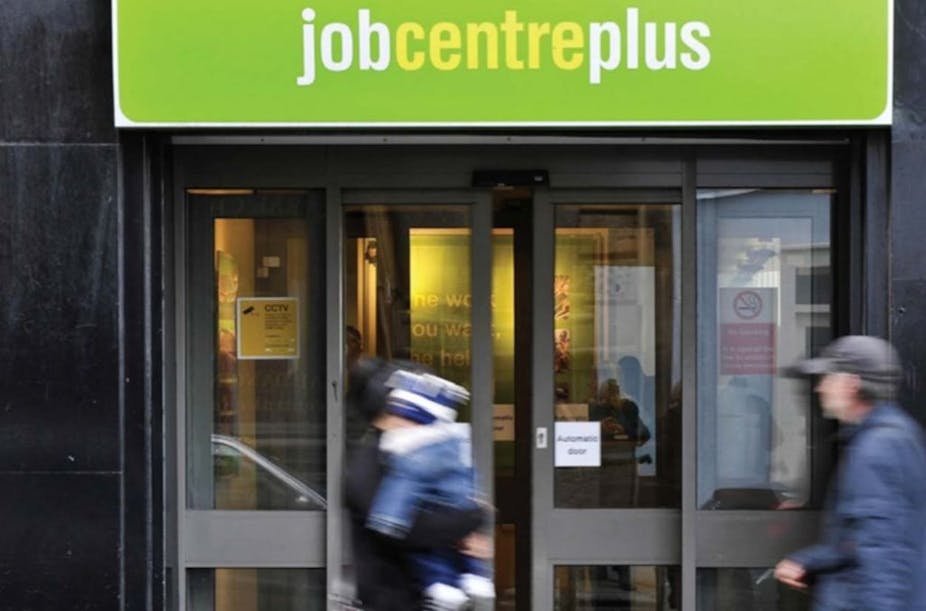If you rely on benefits, accessing a trustworthy financial system is hard. This is the case for both borrowing and for saving. While some question whether people on benefits are in a position to save at all, others suggest that this kind of investment is the essence of enterprise and a way to escape the benefit system. In practice, savings associations and credit unions have marshalled sums over short periods of time, successfully managing small investments for their members.
Even if the social reasons that exclude benefit holders from regular banking can be tackled, market rates of interest may not be suitable for hard-pressed borrowers and lenders. Current levels of interest rates are very low, so saving is particularly unattractive and those with meagre resources need stronger incentives.
Meanwhile, the punishing rates of high-margin payday lenders fail to discourage borrowers, perhaps because there is a chance of their debt being written off.
Wide potential
So there seems to be a wide potential for agreeing borrowing and lending within this group. Peer-to-peer lending organisations function well but require trust. Micro credit operates successfully in parts of India – though not without difficulties between borrowers and lenders.
To sustain this clientele, a system has to be trustworthy, deal with small sums of money and frequent decisions across many accounts. Although these features are costly, they are what matters when times are hard.

Those in need are already assisted by government benefits and in the UK many claimants depend on weekly or monthly payments. Indeed due to the certainty of these regular instalments, payday lenders have been accused of targeting their recipients.
But the government system that administers millions of small and frequent payments to individuals is not just more bankable than a micro-credit programme; both those administering the money and those receiving it could share their common interest of making most convenient use of what money is available, potentially by spreading resources over time.
A benefits saving system
To provide a pool of money to provide small, short-term loans, some benefit recipients could decide to delay drawing on all of their benefit for a few days. The resulting pool of money would then be made available for a short-term loan to those wanting to borrow against the security of their next benefit payment.
Without increasing the scheme’s overall timing or its cost (administration aside) the benefits system could mediate between borrowers and lenders by setting a clearing interest rate, potentially weekly. The welfare system could then clear and assure very small loans between claimant peers.
For example, borrowers could pay 1% of a loan to savers, with a 50p interest payment on each £50 advance – where the cost of a chocolate bar prevents a missed monthly utility payment. Since the total government contribution after the savers reward remains the same, the scheme would not lose or profit from transactions. It would act only as an intermediary between claimants – an activity it is already trusted to perform for them.
For redistribution within the group, an interest rate would match supply and demand, instead of the market rate. This could tempt outsiders to get in on the act (in the same vein as a payday lender) so restrictions would have to be put in place to ensure only those on benefits can participate.
A secure environment
Some may criticise this for allowing a beneficiary to exploit a neighbour. But if saving and borrowing improves well-being, it is better that these activities occur in a secure and trusted environment. And, by facilitating this kind of short-term savings-and-loan scheme, it would stand in for services that are either unattainable (regular banking) or untrustworthy (payday loans).
In short, some benefit recipients are prepared to forego a fraction of their next sum in order to have immediate cash; this can provide a reward for those who leave a comparable sum past its due date. While considering discounted and early withdrawal for some, incentives for other beneficiaries to defer provides a nudge that encourages those who are hard up to save.

